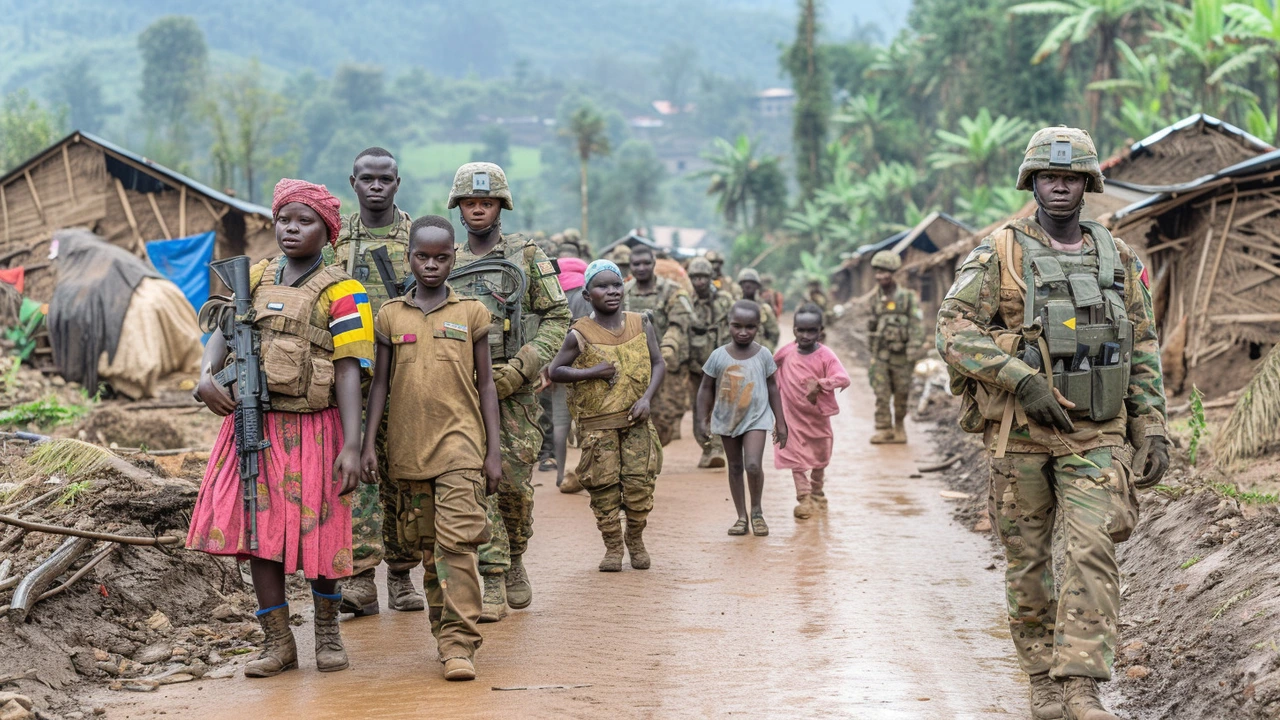Want to understand how military intervention changed over time? It started as neutral observation and slowly grew into a mix of protection, enforcement, and support for states under stress. That shift matters because what we call "peacekeeping" today often looks very different from the blue-helmet missions of the 1950s.
Early peacekeeping was simple: lightly armed observers kept lines between armies, like UN missions in the 1950s and 1960s. The goal was clear—monitor ceasefires and create space for diplomacy. Then hot, internal conflicts in the 1990s exposed limits. Think Rwanda and Srebrenica: missions lacked mandate, resources, or political backing and failed to stop mass violence. Those moments pushed the idea that peacekeepers might need stronger mandates.
By the late 1990s and 2000s we saw a mix of models. NATO used military force in Bosnia and Kosovo when diplomacy stalled. The UN tried tougher mandates in places like Sierra Leone and later Mali. Libya in 2011 showed another change: a Security Council resolution used the language of civilian protection and opened the door to intervention that included airstrikes. That raised questions: when does protection become regime change by another name?
Today, many missions blend traditional monitoring with robust tasks: protecting civilians, disarming fighters, training local forces, and supporting elections. MINUSMA in Mali is a good example—a peacekeeping mission facing guerrilla attacks, drones, and terrorism. That’s not what early peacekeeping planners had in mind.
Mandates and consent still shape interventions. Without a clear UN mandate or host-state consent, operations become politically risky. Troop-contributing countries also set limits—called caveats—on what their forces will do, and that changes how missions perform in the field.
Technology changed the game fast. Drones, satellite imagery, and secure communications help with intelligence and rapid reaction. But tech can’t fix political gaps. Even the best data won’t stop a mission from failing if countries on the Security Council disagree or local leaders block access.
Accountability and human rights are central now. Modern missions face scrutiny over civilian casualties, sexual exploitation, and the legality of force. Donors and local communities expect transparency and results.
So what should you watch? Look for regional coalitions taking more responsibility, for stronger prevention tools (early warning systems), and for missions that combine military protection with real political and development support. Interventions are no longer just military acts—they’re complex political programs that need the right mandate, local buy-in, and sustained support.
If you follow peace operations, focus on practical changes: clearer mandates, smarter use of tech, stronger local partnerships, and better accountability. Those are the trends shaping the next phase of military intervention evolution.

Hey folks, here's a little sneak peek at what's brewing on my blog. I'm super excited to dive into the riveting journey of peacekeeping through the years, unpacking how these missions have shaped the way we handle global conflicts today. From the humble beginnings with just observers to the complex operations now, it's a story of evolution, adapting to the changing face of warfare and international relations. I'll be sharing eye-opening insights and little-known facts that will give us all a fresh perspective on the role of these missions in creating a safer world. So, stay tuned; it's going to be a captivating walk through history!
